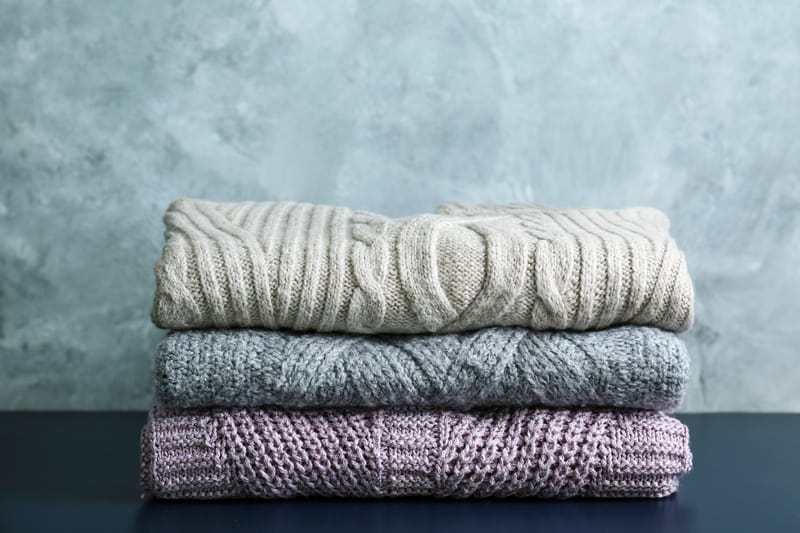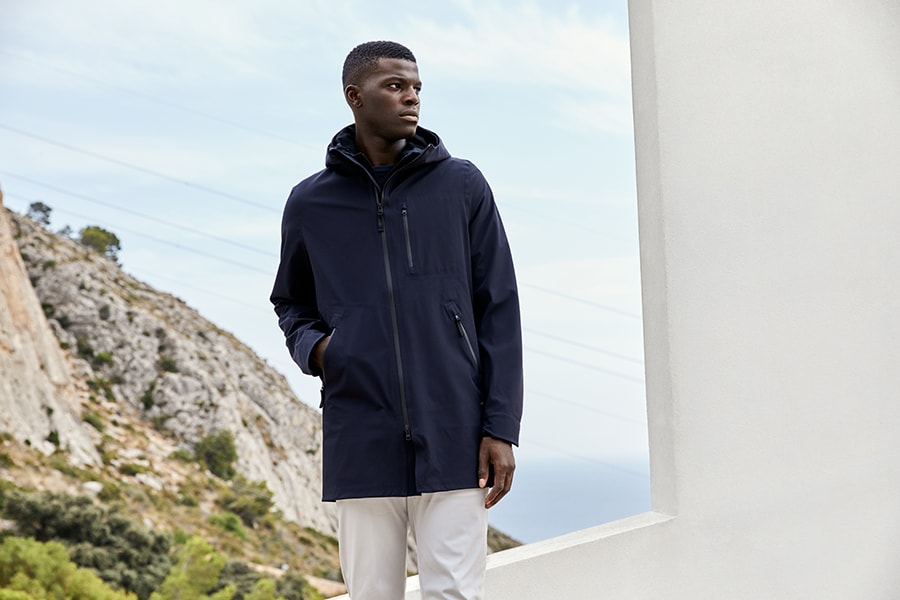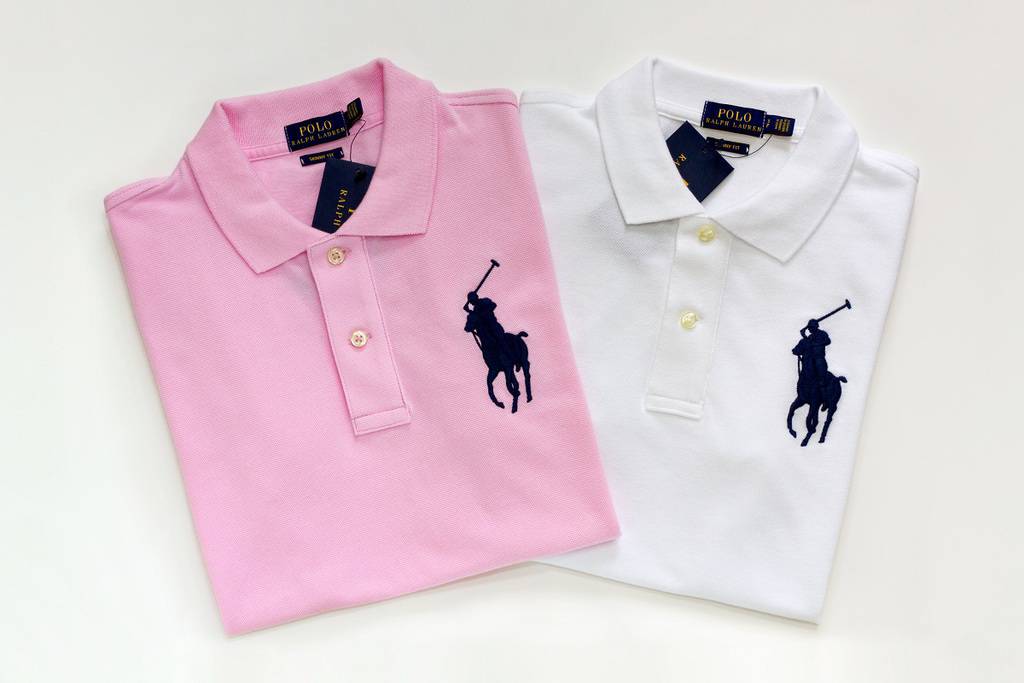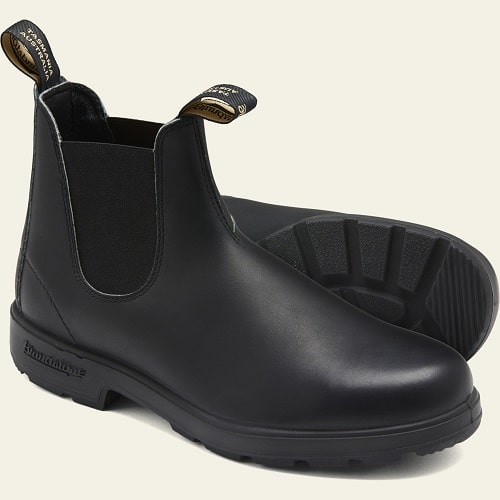Wool vs. Fleece: Everything You Need To Know
When it comes to fabrics that’ll keep you warm and toasty in the winter, you really can’t go wrong with either wool or fleece. And while both fabrics have similar properties, there are a few key differences between the two that can help you decide which fabric you want to spring for when looking for clothing, like socks, hats, jackets, sweaters, sweatshirts, and anything else you might wear when the temperatures dip below freezing. From breathability and durability to price points and the weight of each fabric, here’s everything you need to know about wool and fleece.
What Is Wool?

Wool is a type of natural fabric that is typically worn in the wintertime or in the colder months. Some common garments that are made of wool include sweaters, overcoats, jackets, hats, scarves, gloves, socks, and trousers. Although sheep’s wool is commonly used to make wool items, wool can also come from other animals, like goats or llamas.
What Is Fleece?

Fleece is another kind of fabric that is typically worn in the winter or in the colder months. Common items of clothing made of fleece include jackets, sweaters, sweatshirts, sweatpants, hats, mittens or gloves, and other garments that are designed to keep you warm. Fleece is usually made of polyester, and there are many different types of fleece fabric, including cotton or cotton-blended fleece, microfleece, sherpa fleece, Lycra spandex fleece, and more.
See more about – Slim Fit vs. Slim Straight Fit: Everything You Need To Know
What Are the Main Differences Between Wool and Fleece?

There is one huge difference between wool and fleece, and a few minor differences that may help you decide which fabric you prefer. The main difference between wool and fleece is that wool is a natural fabric, while fleece is a synthetic fabric made in a factory to imitate wool. Both materials will keep you warm in the winter, but the fact that one is natural and one is synthetic comes with a slew of small differences between the two when it comes to things like weight, performance, breathability, durability, comfortability, and more.



















